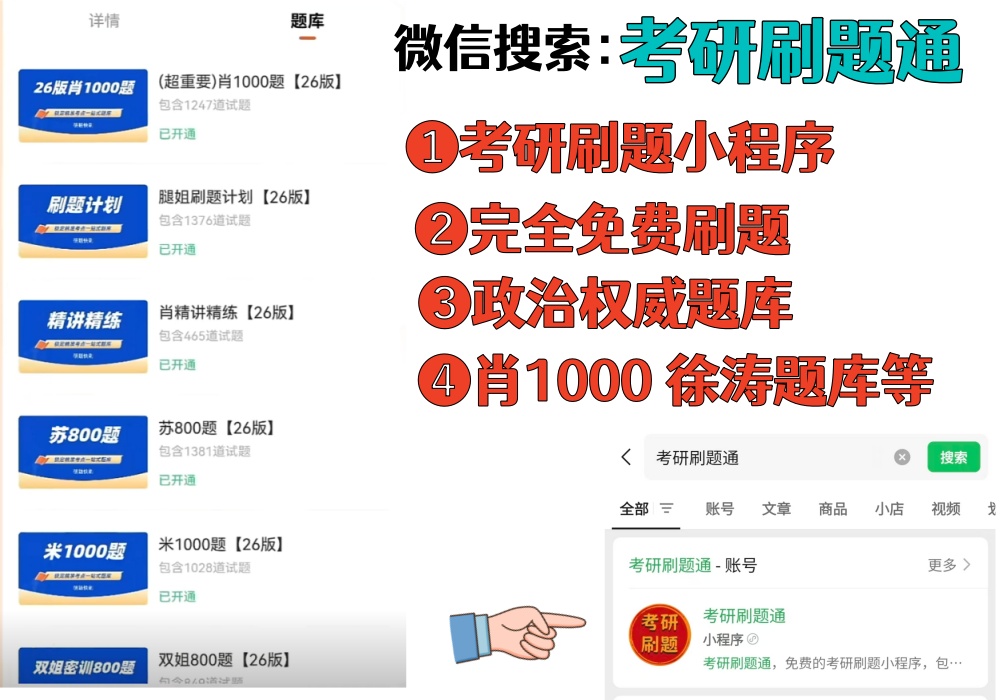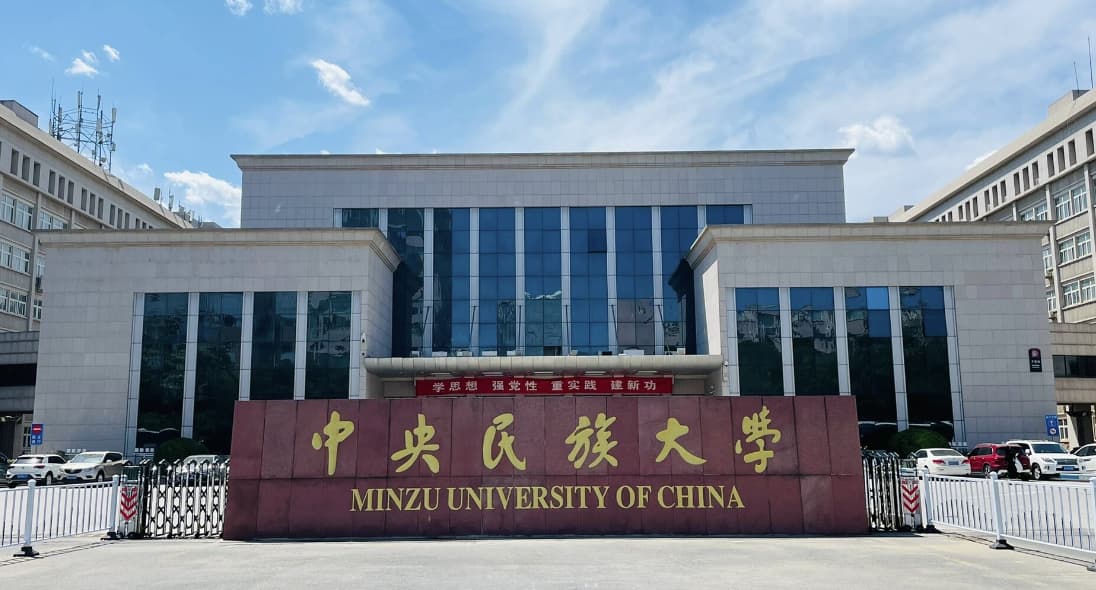Cracking the Translation Section of the English Postgraduate Entrance Exam
The translation section of the English postgraduate entrance exam is a critical component that tests candidates' linguistic proficiency and cultural understanding. It requires not only a strong grasp of English and Chinese but also the ability to convey meaning accurately while adapting to different contexts. This section often includes both source-to-target and target-to-source translations, covering a wide range of topics from literature to technical texts. Understanding the common challenges and strategies can significantly improve performance in this area.
Common Questions and Expert Answers
1. How Should I Approach a Source-to-Target Translation Task?
When tackling a source-to-target translation, the key is to first thoroughly understand the original text. Read it multiple times to grasp not just the literal meaning but also the underlying tone, style, and cultural nuances. Break the text into smaller segments to manage complexity. Pay attention to vocabulary choices—avoid literal translations that might sound awkward in Chinese. For example, if the source text uses idioms or cultural references, find equivalent expressions in Chinese that carry the same connotation. Always check for fluency; the translated text should flow naturally without losing the original intent. Practice with diverse texts, such as news articles or literary excerpts, to build versatility.
2. What Are the Best Strategies for Handling Target-to-Source Translations?
Target-to-source translations require a different approach. Start by identifying the core message and key elements of the Chinese text. Analyze the structure and purpose—whether it’s persuasive, descriptive, or expository. Use a dictionary or reference materials to verify word meanings, but don’t rely solely on them. Context is crucial; words like “好” can mean “good,” “well,” or even “okay” depending on the situation. After translating, review the English version to ensure it aligns with academic or formal standards. For instance, if the Chinese text uses parallelism, try to replicate that in English with phrases like “not only...but also” or “on the one hand...on the other hand.” Time management is key, so practice balancing speed with accuracy.
3. How Can I Improve My Ability to Translate Technical or Specialized Texts?
Translating technical texts demands precision and domain knowledge. Begin by familiarizing yourself with the subject matter—glossaries or field-specific literature can be invaluable. If you’re unsure about a term, research its usage in both languages. Maintain consistency in terminology throughout the translation to avoid confusion. For example, in scientific writing, acronyms should be defined the first time they appear. Structure the translated text logically, mirroring the original’s organization. Technical translations often involve passive voice or nominalizations, which may need adjustment for natural Chinese expression. Practice with technical manuals or research papers to build confidence and proficiency in handling specialized vocabulary and syntax.


.jpg)

.jpg)
.jpg)
.jpg)
.jpg)

.jpg)
.jpg)